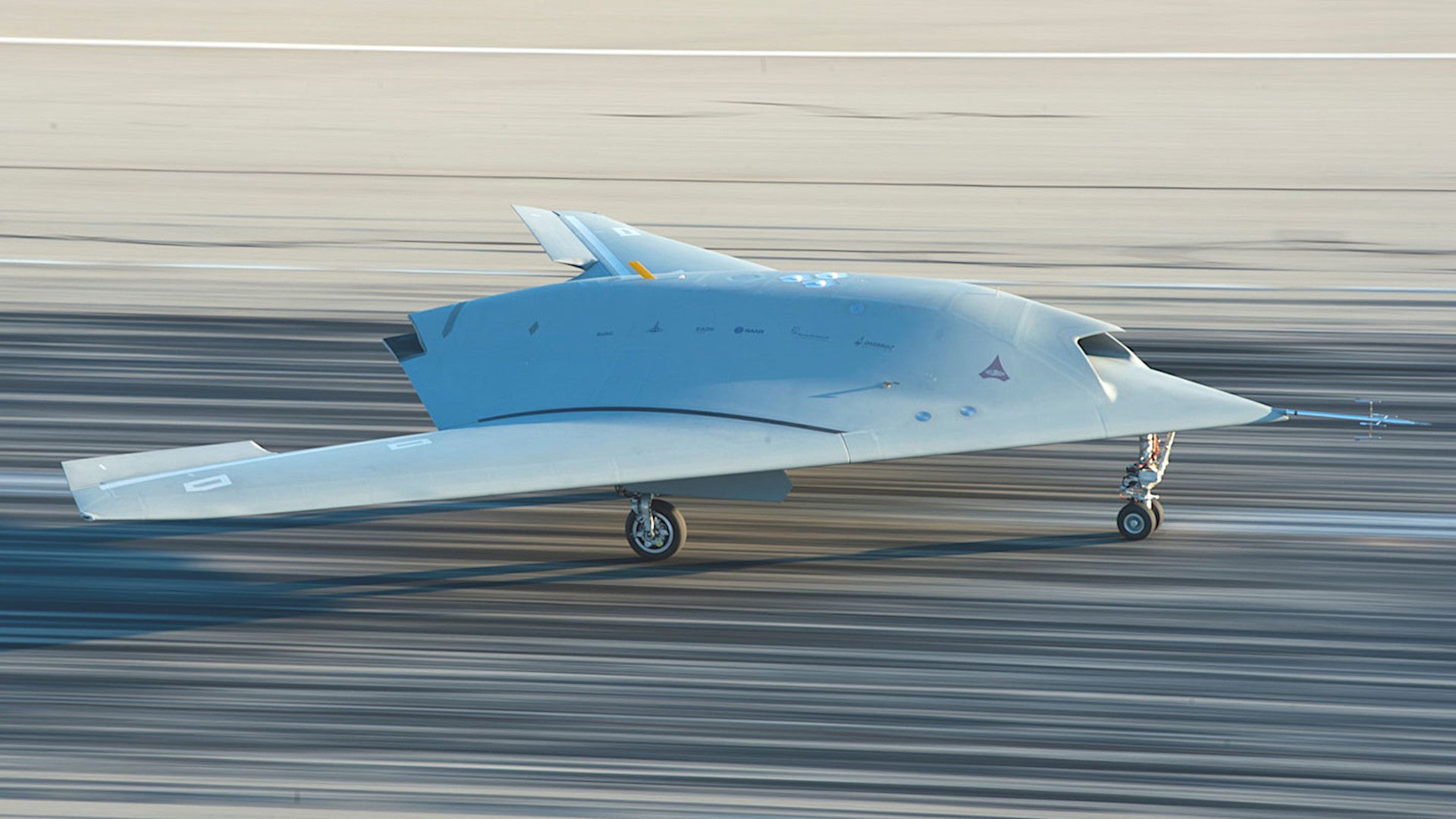Spanish Air Force Eurofighter Typhoon fighter jets and supporting personnel recently arrived in France to take part in evaluating the stealthy qualities of the Dassault nEUROn
unmanned combat air vehicle, or UCAV. This comes as the Spanish are considering buying more of the fighters and are looking to join the French and Germans in the development of a new stealth fighter, as well as advanced unmanned combat aircraft.
Spain’s Ministry of Defense announced the deployment in a press release on Dec. 28, 2018. The Spanish contingent consisted of two Typhoons, along with pilots and maintenance personnel, from Ala 11, or 11th Wing, which is based at Morón Air Base. The jets will operate from the French Air Force’s Istres-Le Tubé Air Base, which serves, in part, as a major French military aviation test facility, for the duration of their visit.
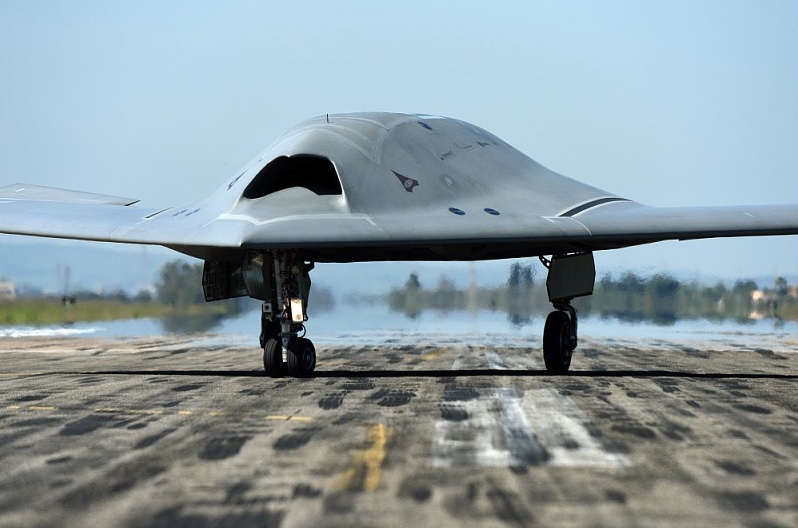
During that time, the Typhoons will try to spot and track the nEUROn using their onboard radar, infrared search and track (IRST) system, electronic support measures suite, and the imaging infrared seeker in the IRIS-T short-range air-to-air missile. “It must be taken into account that the nEUROn was conceived as a stealth aircraft with very low radar and infrared signatures; hence the interest of facing this system with radars and other aerial sensors,” a basic translation of the Spanish statement said.
The nEUROn program dates back to 1999 and, while France’s Dassault leads the project, it is really the work of a European team. Spain, through what had been known as EADS-CASA, has been involved in the drone’s development since 2006 and has been responsible for work on the wings, ground control station, and data link integration. In 2009, European aviation consortium Airbus’ military division absorbed EADS-CASA completely.
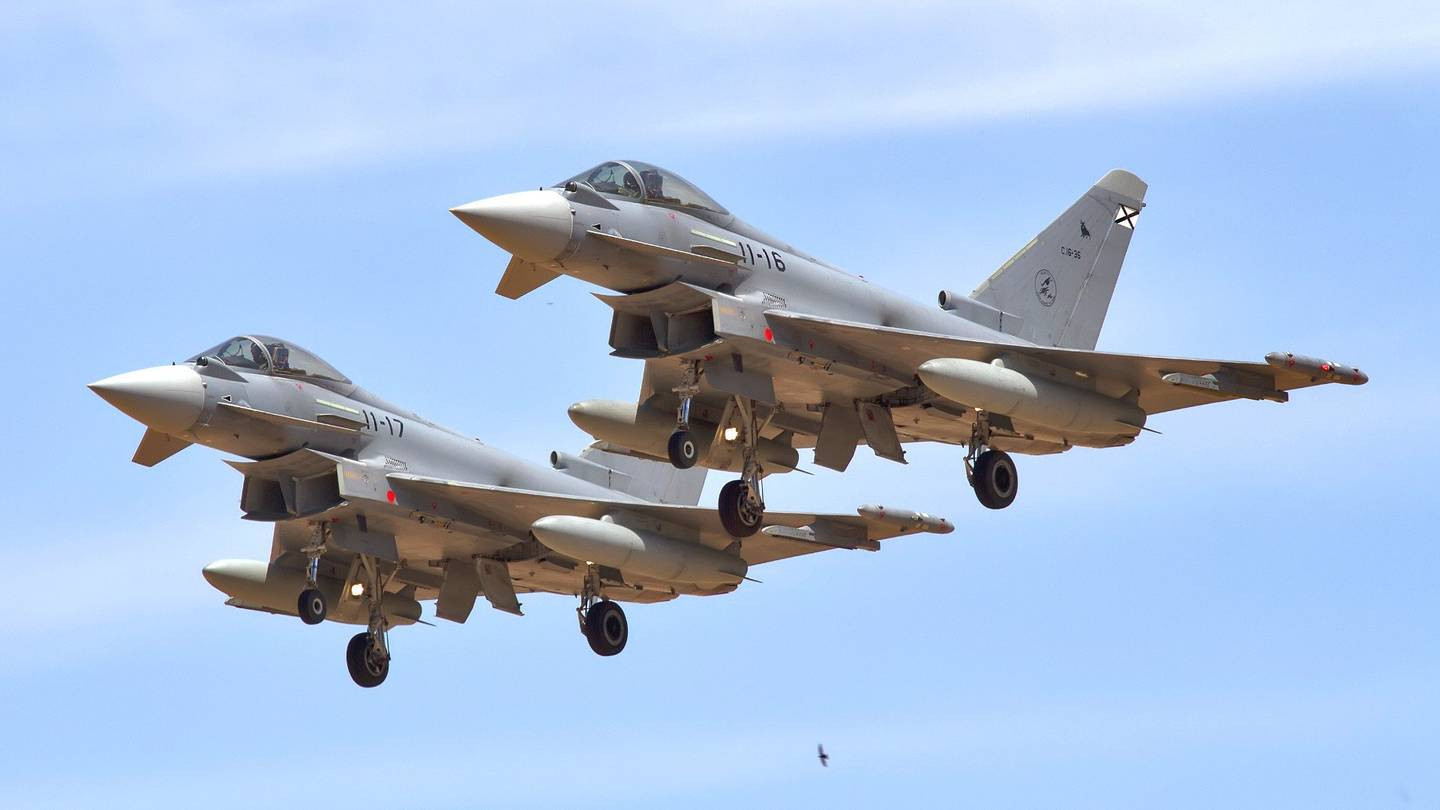
Billed as a UCAV technology demonstrator, nEUROn has been flying since 2012 and has already gone through a number of tests to determine its ability to remain undetected and penetrate air defense networks. In 2016, the aircraft was reportedly able to successfully breach the air defense perimeter around the French aircraft carrier Charles de Gaulle, a clear demonstration of its stealth characteristics.
But there’s no indication it has ever squared off against the Eurofighter Typhoon specifically. Though Spain plans to upgrade its late-model Typhoons with the new active electronically scanned array (AESA) CAPTOR-E radar, its current jets still employ the mechanically scanned CAPTOR radar. They also feature EuroFirst Passive Infrared Airborne Track Equipment (PIRATE) infrared search and track system.

In looking for nEUROn, Spanish pilots will get a chance to see how their sensors work, or don’t, against a real-life, very stealthy target and provide important baseline data on how CAPTOR, PIRATE, and IRIS-T fare against the unmanned aircraft’s low signature design. This, in turn, could support the development of improvements or replacements for those sensors. The radar data specifically might be valuable as a control variable for future tests of the improved CATPOR-E.
The Franco-Spanish testing is also likely to help inform the development of new tactics, techniques, and procedures for Typhoon pilots operating in future conflicts against opponents with manned or unmanned stealth aircraft. IRST systems, which have steadily improved in terms of range and precision, have become increasingly important alternatives to radar when it comes to detecting aircraft that feature low radar cross-sections, for fourth-generation fighter jets, in particular.
The video below shows Spanish Eurofighters conducting NATO air policing missions in the Baltic region armed with both IRIS-T and AIM-120 air-to-air missiles.

Fighters with IRST systems can scan for targets passively without having to turn on their radars, reducing their own vulnerability to a degree, as well. They’re also impervious to jamming, making them a valuable backup sensor in any modern air-to-air fight. You can read all about the history and capabilities of these systems in detail here and here.
The tests in France will similarly give Dassault and its European partners additional information about the unmanned aircraft’s capabilities that can only help in improving and refining nEUROn and its future operational successors. Just as the Spanish Eurofighter pilots will get a chance to test their air combat tactics against a stealthy adversary in a more realistic environment, the team in charge of nEUROn will have an opportunity evaluate any recent updates to the aircraft’s physical design, sensors, flight control systems and software, and semi-autonomous capabilities.

This can only help advance the nEUROn program, which is supposed to serve, in part, as a stepping stone to a serial production UCAV, known as the Next Generation Weapon System (NGWS). This follow-on project is part of the broader Future Air Combat Systems (FCAS) program, which also includes plans for a stealth fighter jet, or Next Generation Fighter (NGF).
The French and Germans are leading the FCAS effort, but the Spanish Ministry of Defense publicly announced its desire to join the partnership on Dec. 3, 2018. At the same time, on Dec. 18, 2018, the Spanish Ministry of Defense said that it was considering purchasing additional Typhoons as interim replacements for at least some its aging EF-18A/B Hornet fighter jets.
At least 20 Hornets will need replacing by 2025 and the entire EF-18A/B fleet is supposed to be out of service by 2030. Buying more Eurofighters would be a logical course of action in the near term given that Spain already operates this type, which would help keep training, maintenance, and logistics requirements to a minimum.
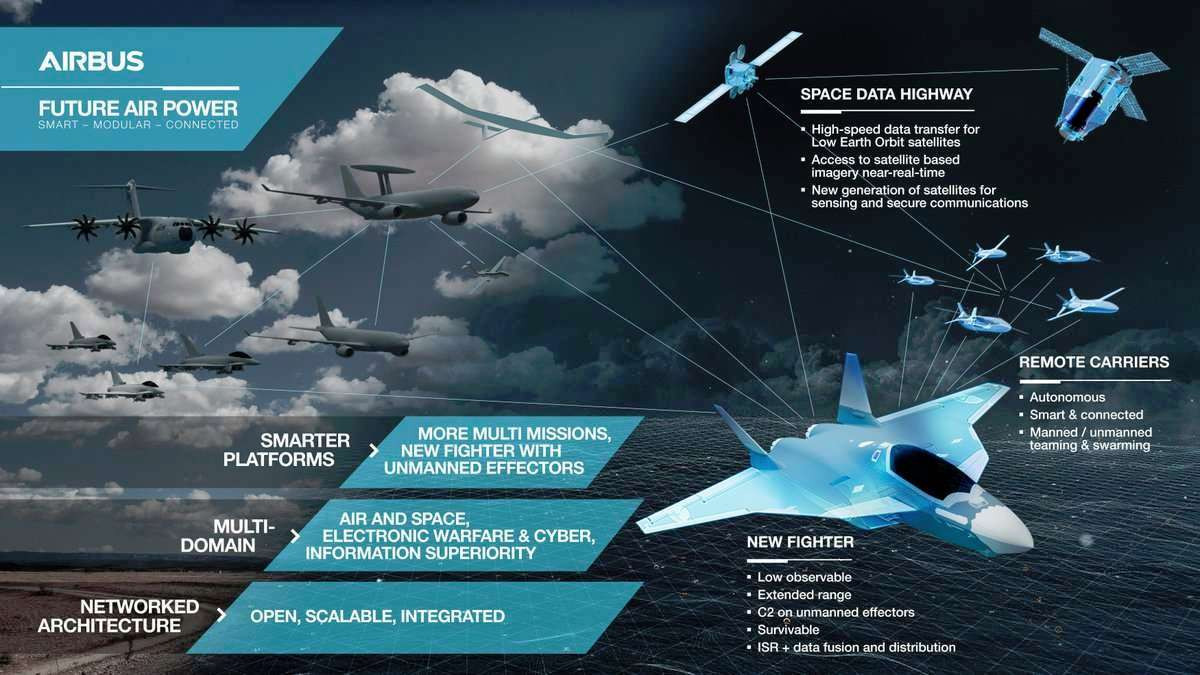
Still, Spain ultimately wants to replace all its remaining Hornets, and possibly some of its older Typhoons, with the NGF. The country could also be interested in acquiring any production-ready UCAV design that evolves from nEUROn. The FCAS program envisions the manned fighter jets working networked together with the unmanned aircraft as “loyal wingmen.”
However, present projections and past experience with stealth aircraft development programs, indicate that the NGF won’t begin entering service until sometime between 2030 and 2040, if it makes it into large-scale production at all. This would create a further impetus for upgrading existing and future Spanish Air Force Eurofighters to be better suited to taking on stealthy threats.
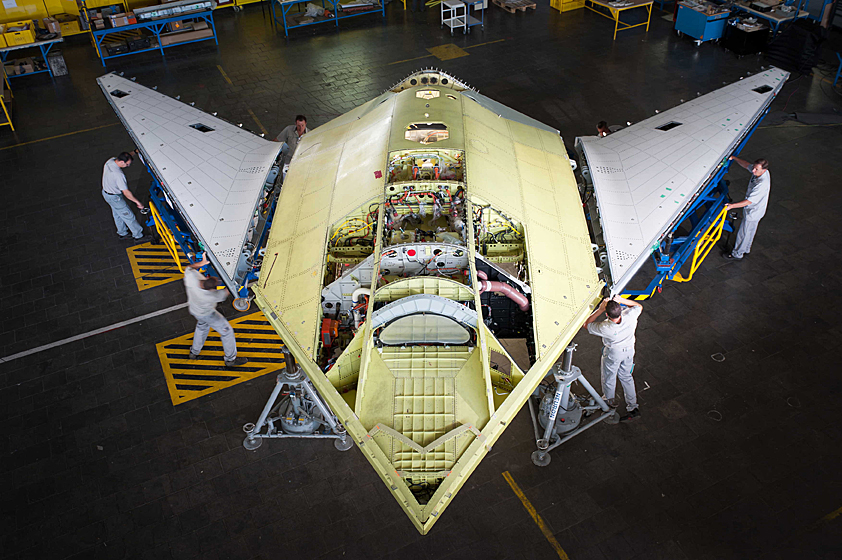
In the same timeframe, UCAVs, such as the future NGWS, will only become more advanced thanks to lessons learned from types that are already flying, such as nEUROn. These have the potential to offer a far more cost-effective and more capable alternative to manned aircraft to satisfy a large number of missions. China, and to a lesser extent Russia, among others, are pushing ahead with the development of UCAVs for exactly these reasons and it is a trend that is only likely to grow exponentially as time goes on.
With these potential threats in mind, it’s not surprising that Spain is eager to see how its front-line, non-stealthy fighter jets fare against a UCAV. Also, trials like this one in France will only become more common around the globe, as knowing just how vulnerable one’s air defenses might be to this game-changing technology will be an increasingly urgent priority.
Contact the author: jtrevithickpr@gmail.com
